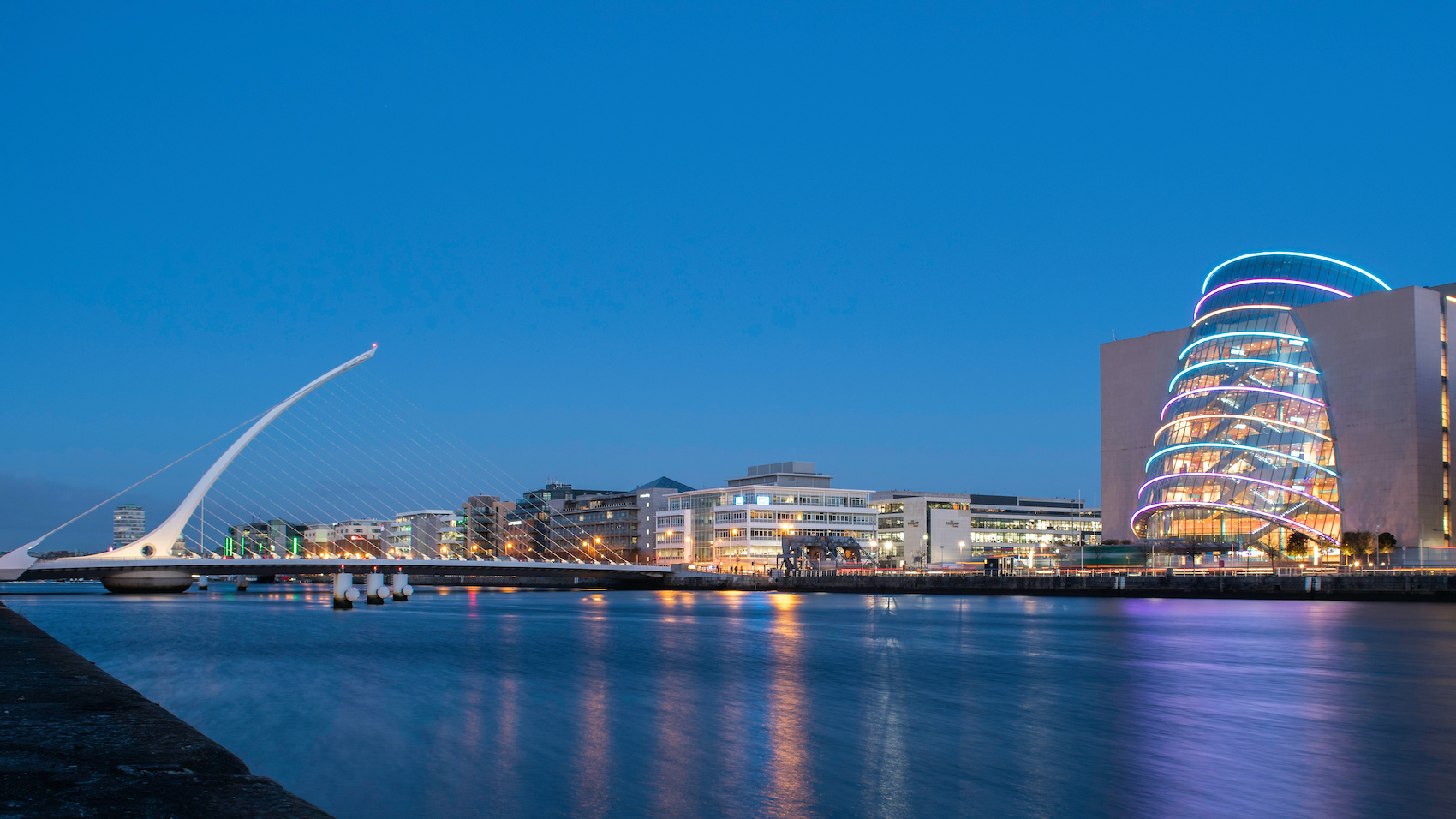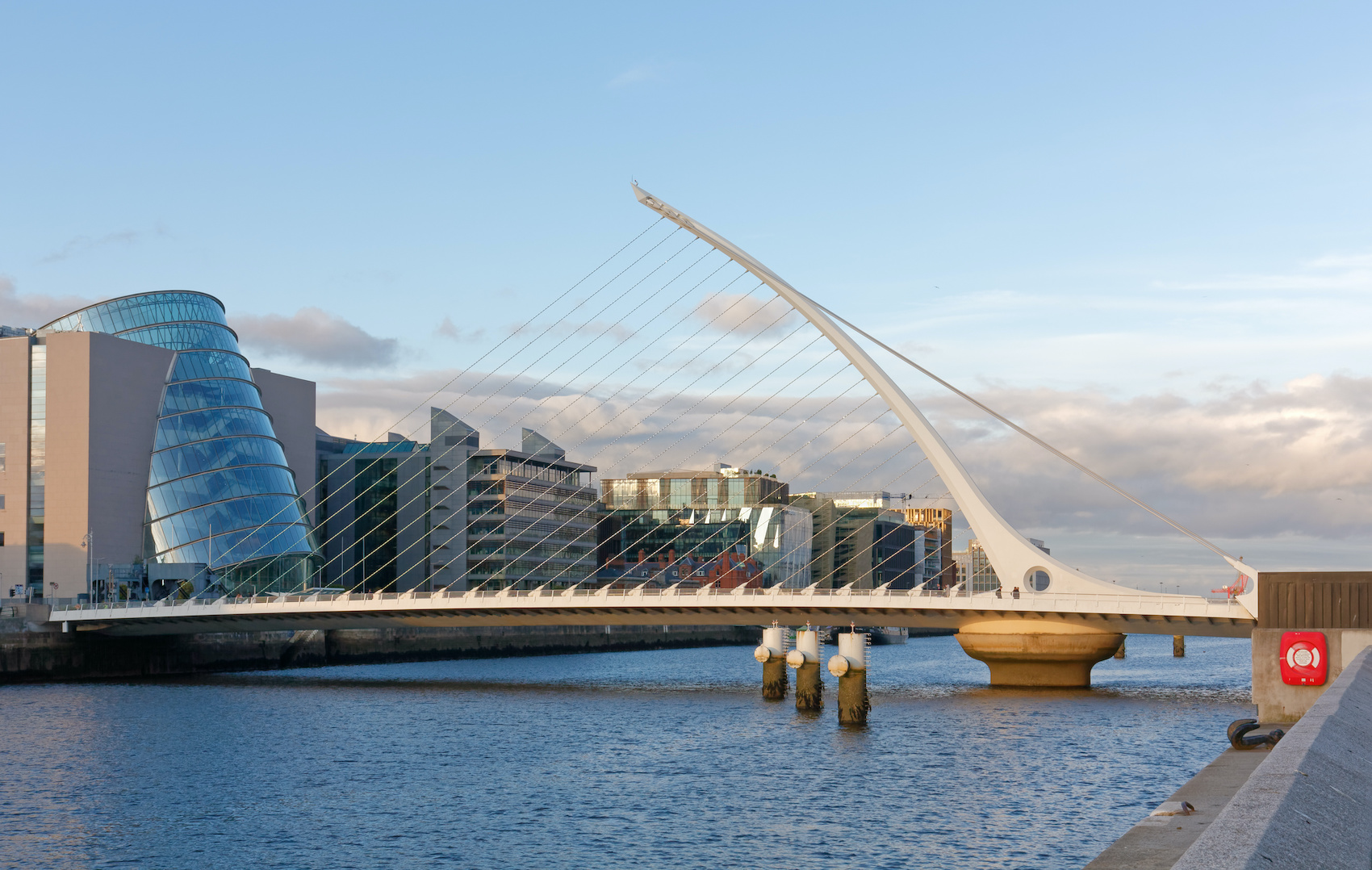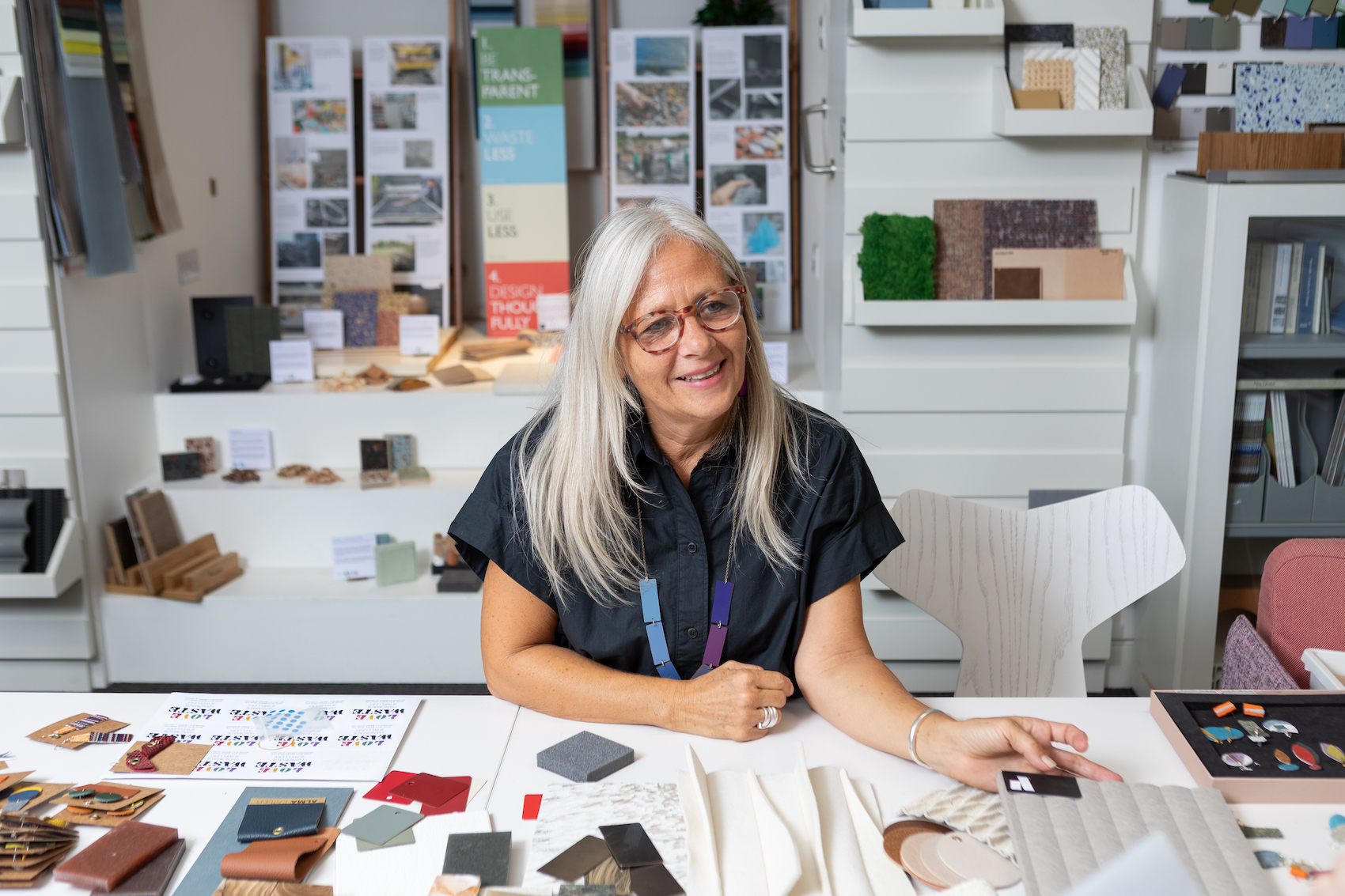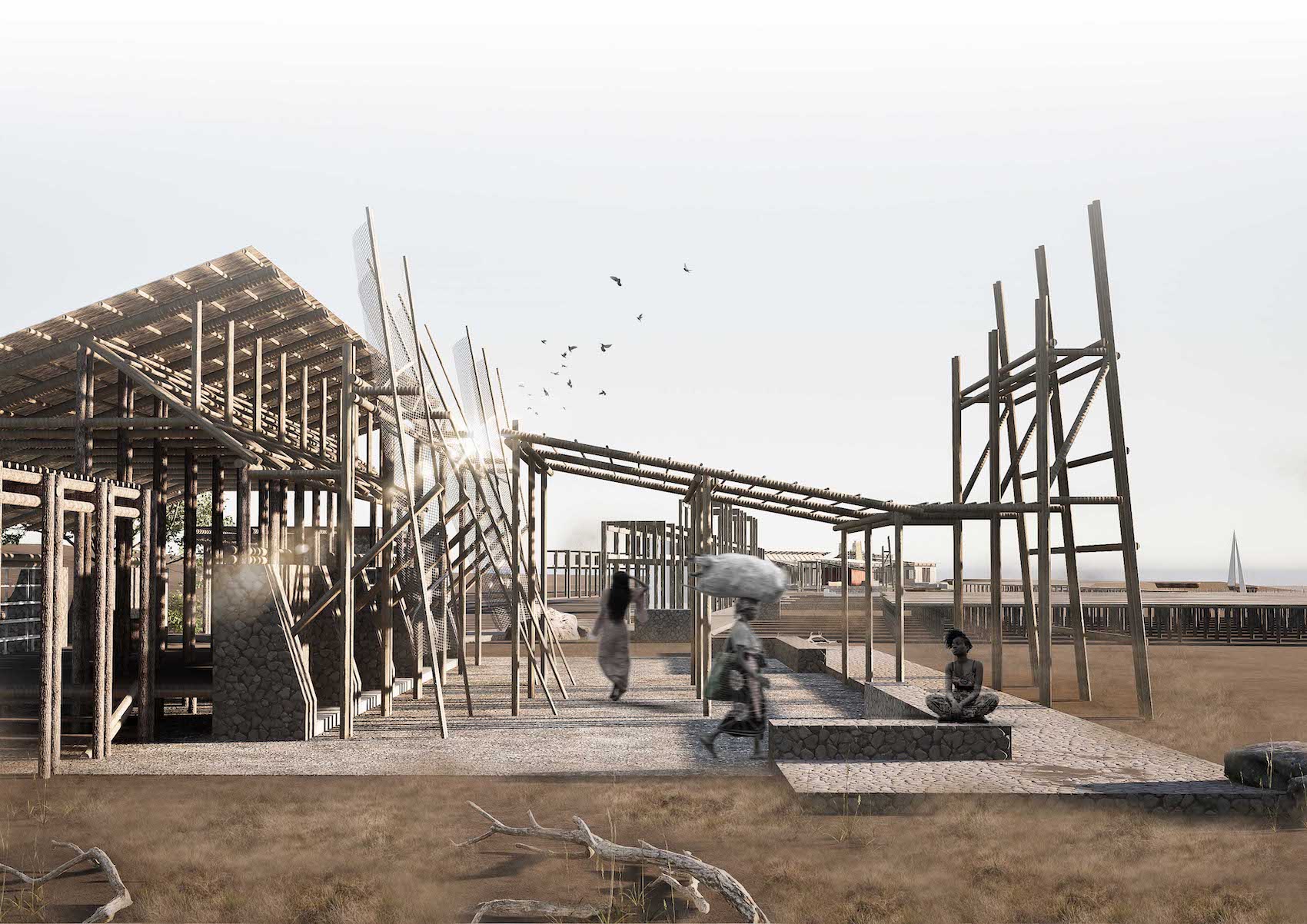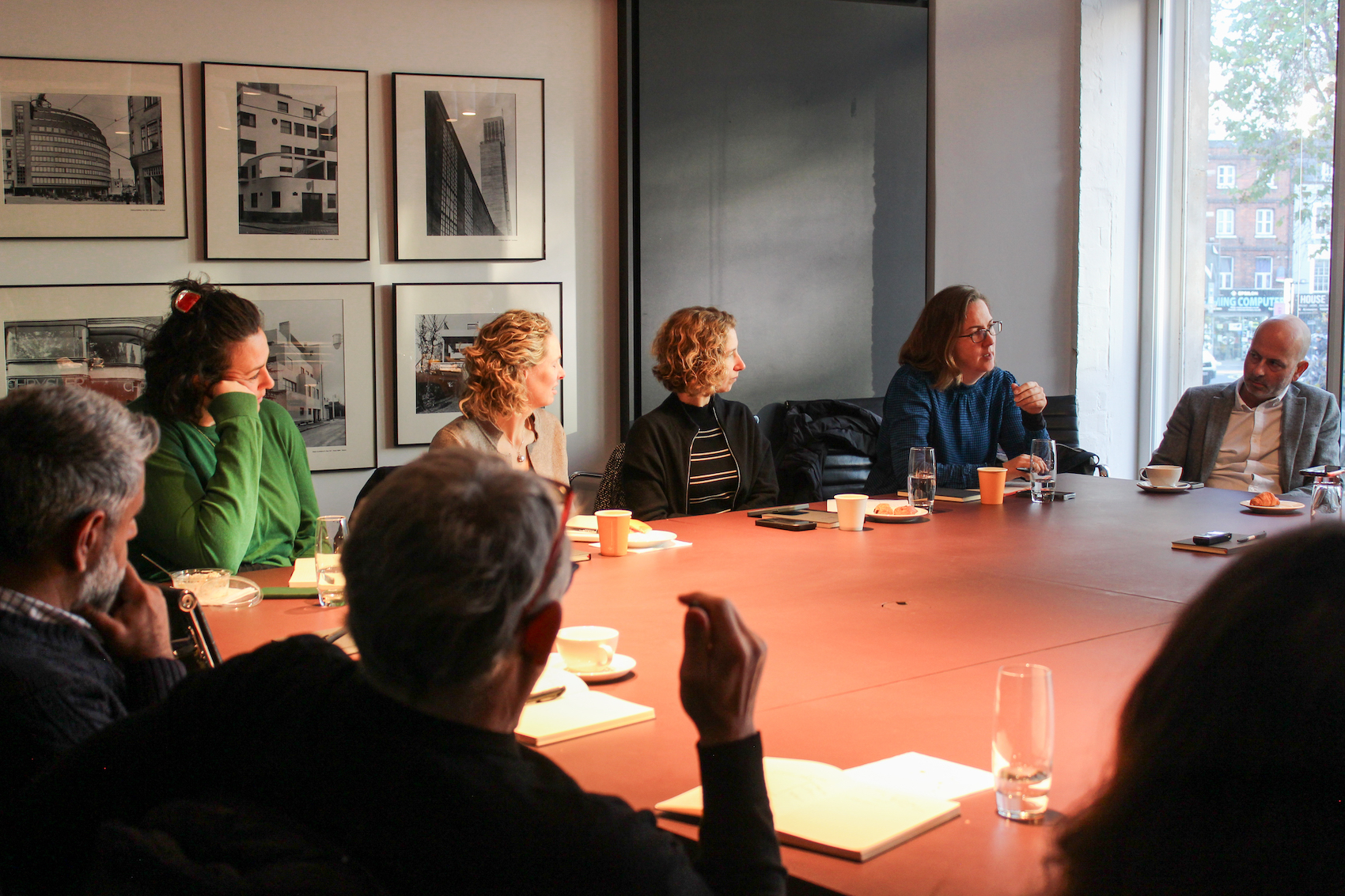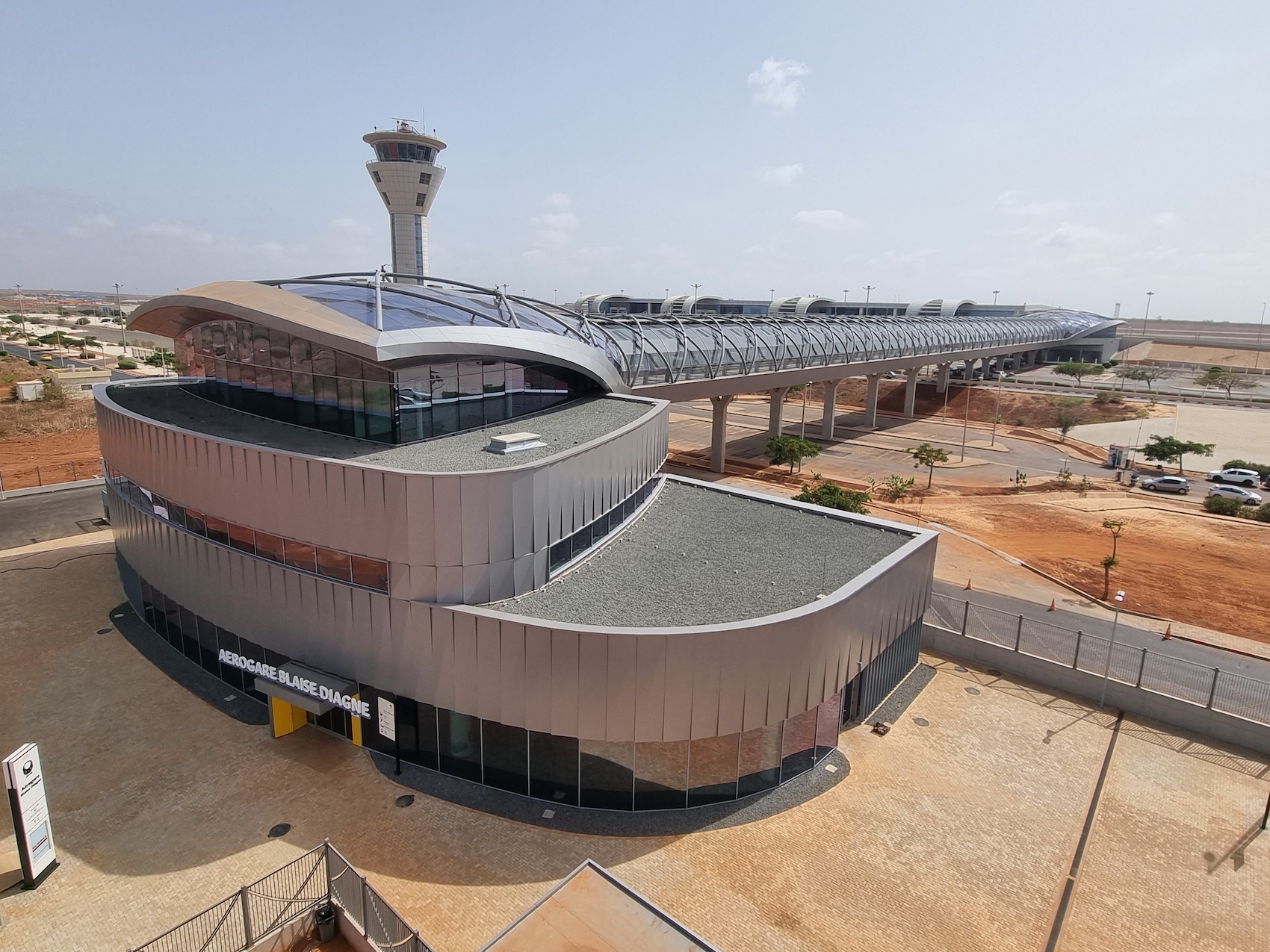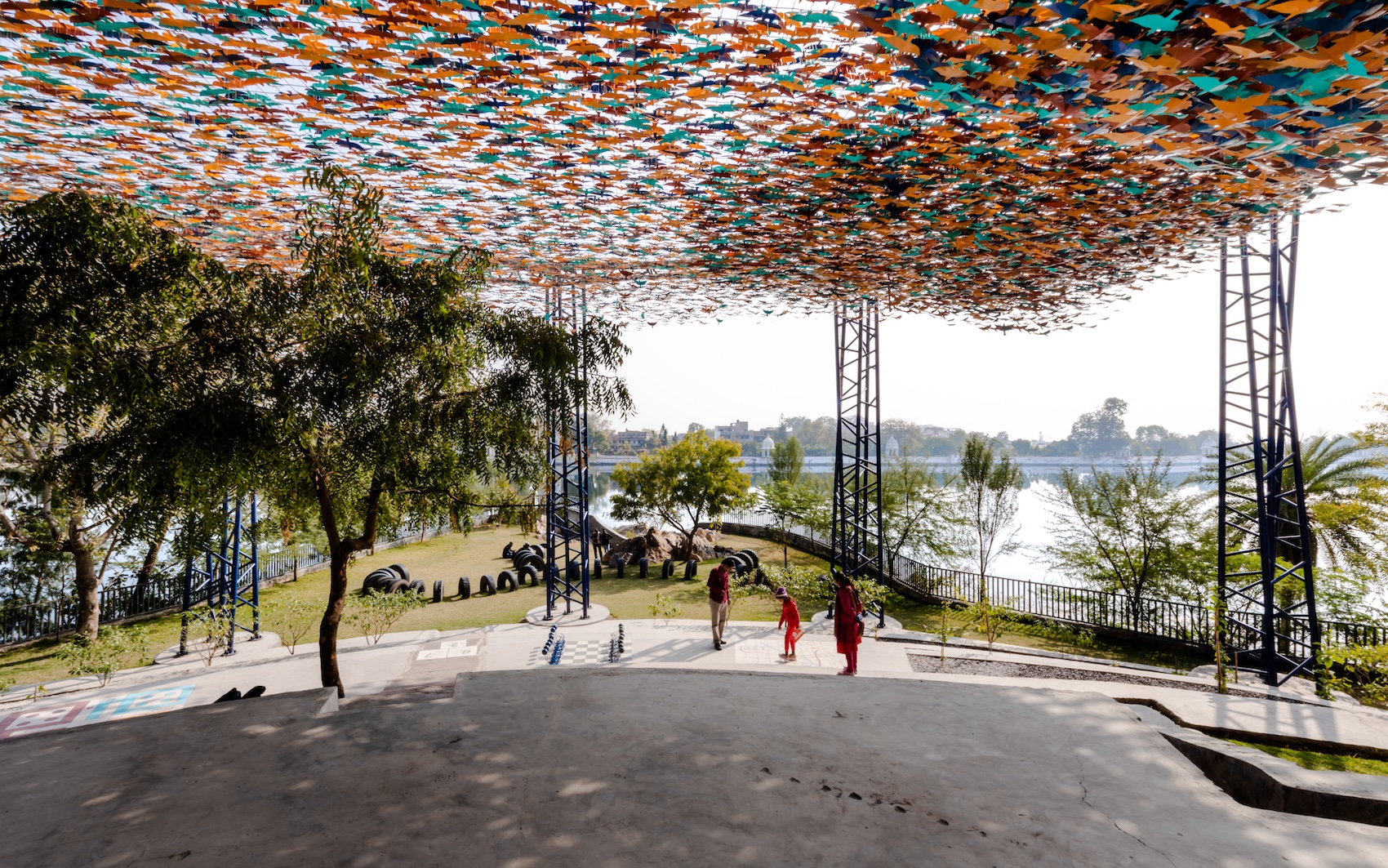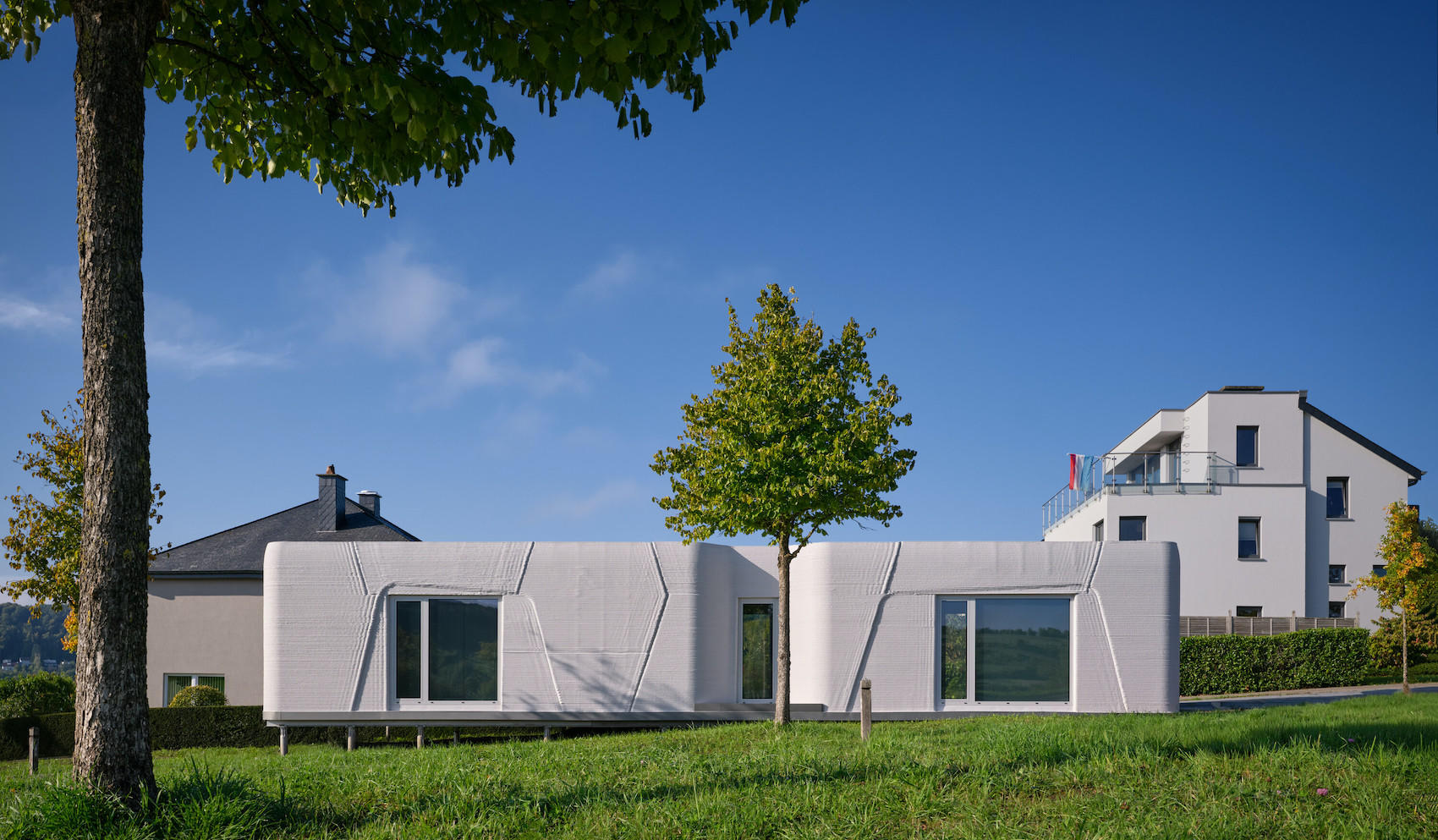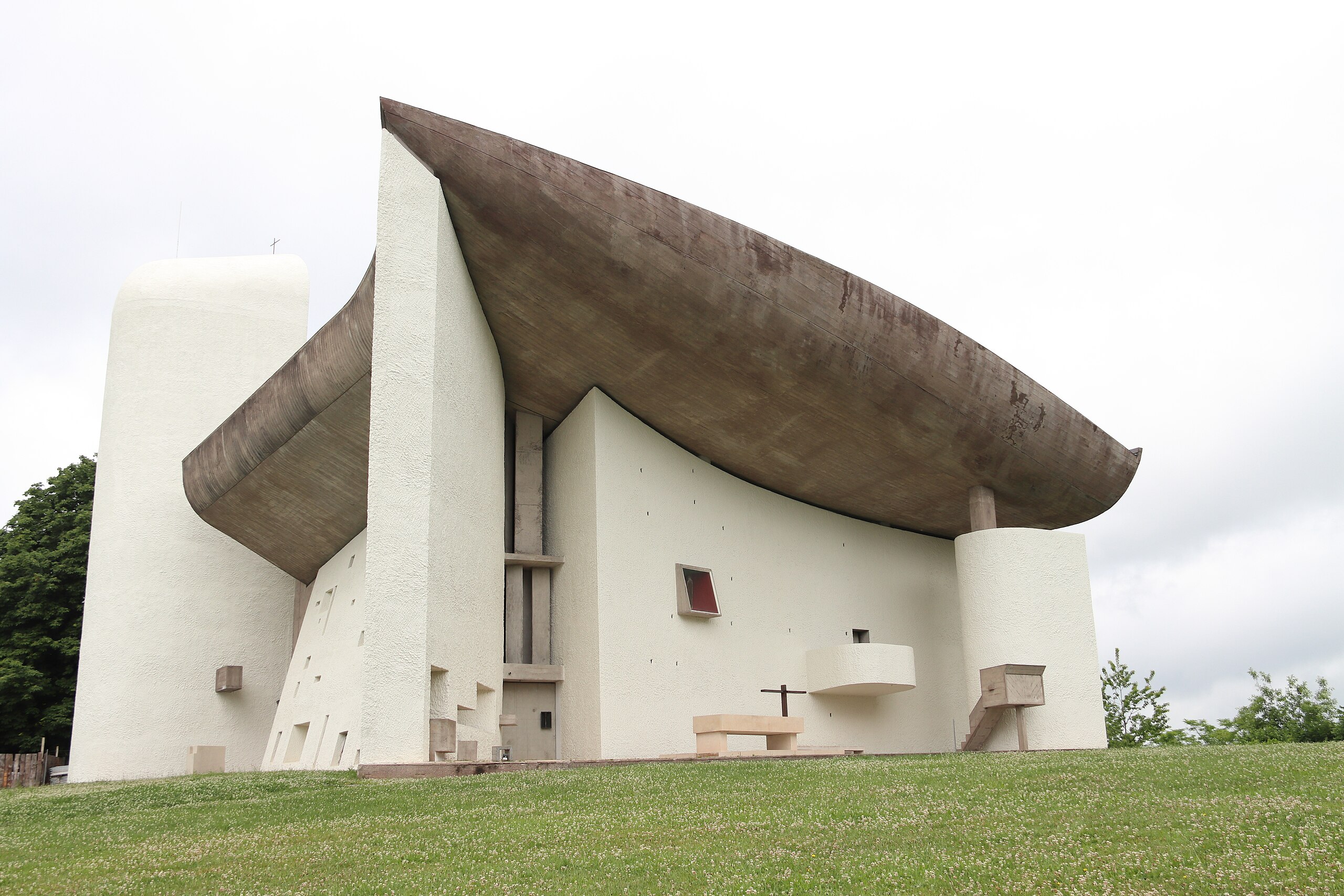Kevin Roche’s only completed commission in his home town survived bureaucratic infighting, spiralling budgets and public disdain to become a catalyst for the revival of Dublin’s Docklands as a thriving business district.
Zig-zagging escalators leading up through a grand atrium had been a Roche specialty since the days of the Ford Foundation Building of 1967 (photo: Andrew – Adobe Stock).
It could be that Kevin Roche was the luckiest unlucky architect of all time. Born in 1922 at the start of the Irish Civil War, young Kevin and his family fled Dublin following his political-agitator father’s release from prison; reestablished in depression-stricken Cork, the elder Roche then defied the odds and created a dairy-products behemoth that enabled his son to pursue a budding interest in design. From there, the future Pritzker Prize winner was repeatedly taken on and let go by a succession of prominent practices in both Europe and America, culminating in the ultimate double twist of fate: having secured a toehold in the Michigan studio of Eero Saarinen, the then 38-year-old Roche received a rude shock when his patron abruptly died, only to find himself and his colleague John Dinkeloo anointed as the Modernist master’s de facto successors. The rest, as they say, is architectural history.
The vicissitudes of Roche’s career did not end there. Over the course of the next nearly six decades, the architect would successfully rebound from one setback after the next – even, reputationally at least, from his own death in 2019, which saw him lauded by the New York Times for his “restless formal energy.” His personal resiliency, and that of his critical standing, are perfectly illustrated by the only commission he ever completed in his hometown: the Convention Centre Dublin (CCD), on the northern bank of the River Liffey.
“They’ll probably blow it up when they get a chance,” Roche said of the building. The subject of lengthy bureaucratic infighting during its design and construction, the Convention Centre ran nearly 400 per cent over its initial budget of €25m by the time of its completion in 2010, thirteen years after Roche-Dinkeloo won the international competition to build it. The project’s reception was less than rapturous: the ‘Cube with the Tube,’ as the Irish Times dubbed it, was ribbed for the thermal discomforts of its southfacing glazed façade, as well as for the big, blank wall with which it greeted the rest of Dublin to the west. Though a vast improvement over the derelict waterfront site that had preceded it, and close enough to the glossy ultra-modern monument first seen in the initial renderings, the final result may well have been compromised by the government-led construction process, anent which the architect stated his views as being “unprintable.”
And yet, in spite of so much bad blood and blood jazz, the building has become – if not quite a beloved local landmark – at the very least a well-regarded fixture of the city’s landscape. More or less as promised, the CCD helped propel a dramatic revival of the Docklands area, now a thriving business district full of glassy office towers. It’s even become a kind of architectural ambassador for the capital: walk straight off the plane coming into Dublin airport, and the first thing one sees just beyond passport control is a cartoon image of the building, front and centre in a colourful mural of the skyline.
The ‘Cube with the Tube’ helped propel a dramatic revival of the Docklands as a thriving business district, including a clutch of shiny corporate buildings along the River Liffey and the the Samuel Beckett Bridge by Santiago Calatrava completed in 2009.
Roche’s singular talent for escaping ignominy was rooted, perhaps, in his character. In his early commissions for the city of New Haven – the hunky, Kahn-esque Knights of Columbus headquarters, and the still more severe New Haven Coliseum – the architect was maligned for “paramilitary dandyism” by no less an authority than Vincent Scully, the preeminent Yale scholar. Nevertheless, Roche persevered: buoyed by a seemingly unflappable sense of determination, the designer was able to build on the stunning success of his greenhouse-like 1967 Ford Foundation Building in Manhattan, becoming known as the go-to guy in New York City and elsewhere for select private and public clients seeking a strong, image-defining building. Like the man himself, his projects for the Metropolitan Museum of Art, around the United Nations district, and in the small-town design mecca of Columbus, Indiana, all exhibited a palpable certitude, their firm geometries and reflective glass envelopes conveying a cool, Apollonian remove.
I think the members of the Pritzker Committee must be out of their minds,” Roche told the audience at his award ceremony”
He knew they were not to everyone’s taste. “‘I think the members of the Pritzker Committee must be out of their minds,’” Roche told the audience at his award ceremony, reading aloud a letter from a laywoman critic. Not long after his 1982 prize win, Roche-Dinkeloo took a long, rather bumpy detour into Postmodernist work, a common enough recourse for major practices at the time but one that produced some especially weird results, including the Deco-meets-Minimalist 750 Seventh Avenue in Midtown. Even there, however, events would eventually come to Roche’s rescue: when developers threatened to destroy the pseudo-Egyptian lobby of the firm’s 60 Wall Street, the city’s architecture community mounted a vigorous defense, recognising the project as prime PoMo. That the effort unfortunately failed has only raised the lost interior in the general esteem.
A similar come-from-behind victory appears to belong to the CCD, which on a recent visit was a hive of activity. A helpful employee pointed out the zig-zagging escalators leading up through the grand atrium (a Roche specialty since the days of the Ford Foundation Building), from the top of which visitors can see as far as the Wicklow Mountains to the south. The main conference room floor is alarmingly petite, but the granite walls, the same as the on the exterior, are still lustrous, as is the mirrored-metal cladding on the slender columns and circulation elements (another signature Rochian touch, à la his Ambassador Grill Dining Room in New York). If nothing else, the staffer seemed exceedingly proud to work there. “The architect was Kevin Roche,” she said, beaming. “He was from Dublin, you know.”


